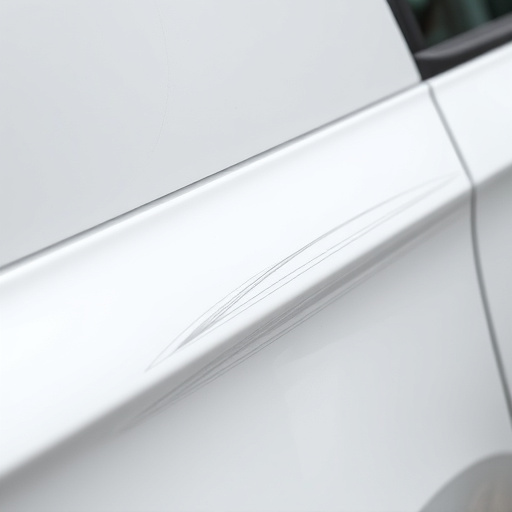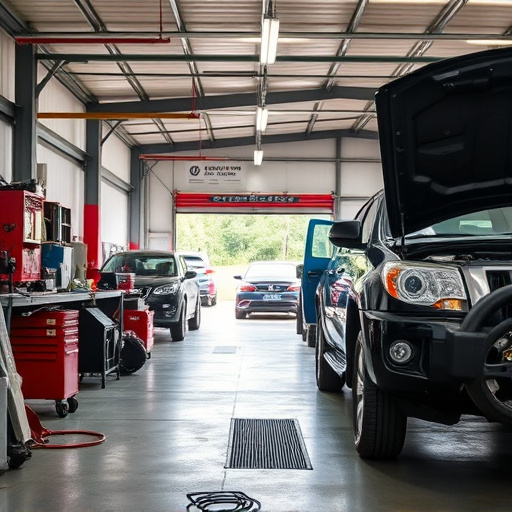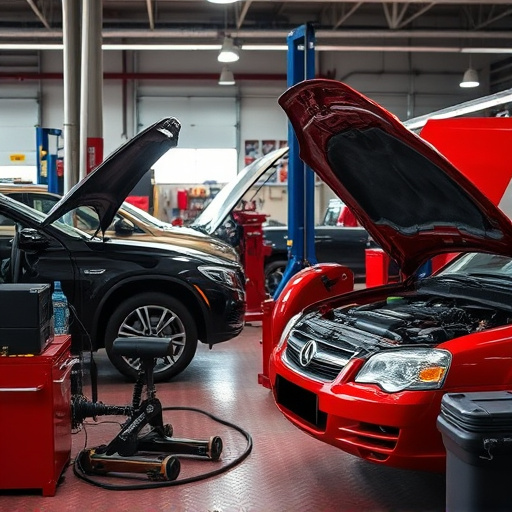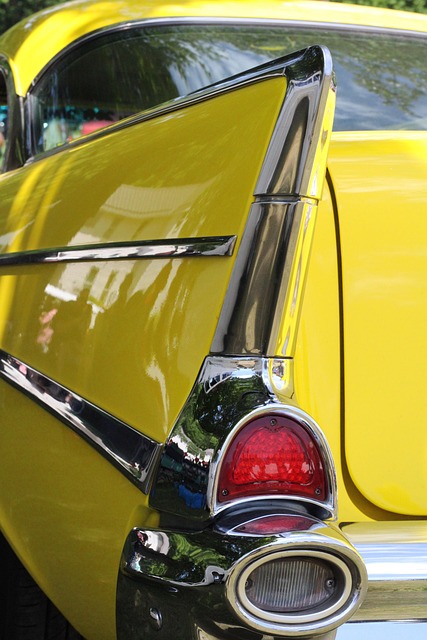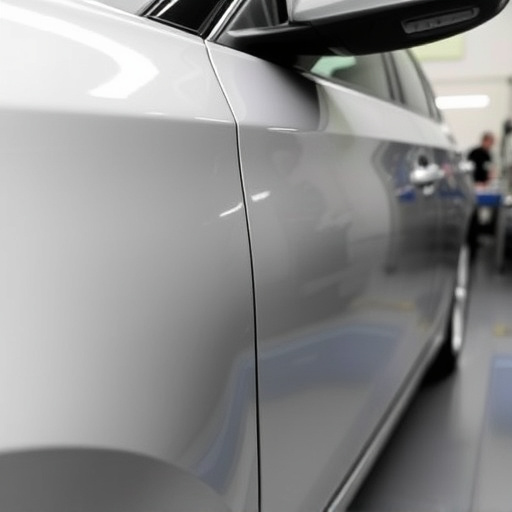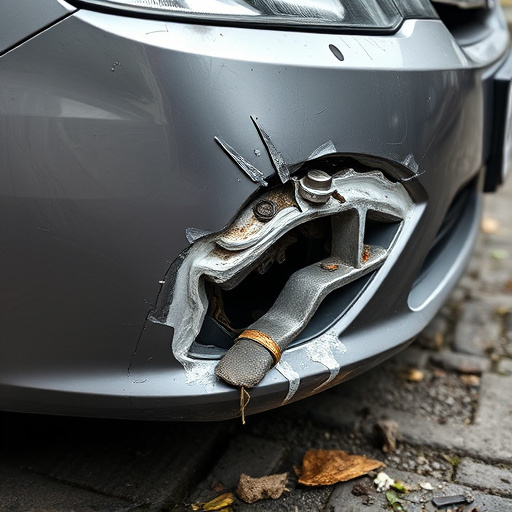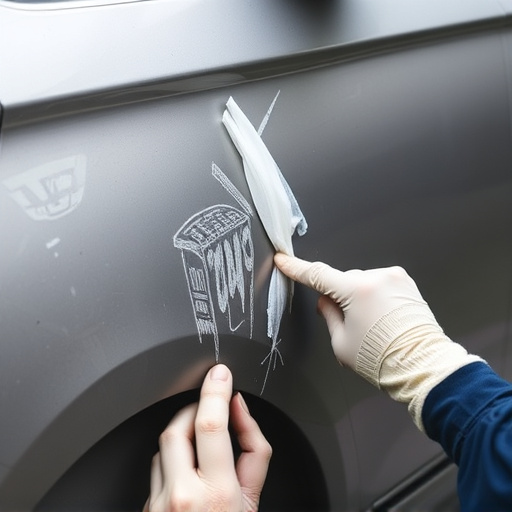Mercedes windshield replacement requires meticulous preparation, including removing debris and straightening the frame for structural integrity. A new windshield is precisely fitted, with advanced wiper systems featuring tailored electric motors and designed blades for optimal visibility in all weather. Post-replacement, proper alignment and blade condition checks ensure safe driving, with upgrades to quieter, adaptive wiper systems recommended for frequent bad weather regions.
Mercedes windshield replacement is a crucial process that significantly impacts the car’s wiper system. This article delves into the intricacies of the replacement process, highlighting key components of modern wiper systems and offering insights on optimizing performance post-installation. Understanding these aspects ensures your Mercedes retains its efficiency and safety features, enhancing the driving experience.
- Understanding Mercedes Windshield Replacement Process
- Key Components of Modern Wiper Systems Explained
- Optimizing Wiper Performance After Replacement
Understanding Mercedes Windshield Replacement Process
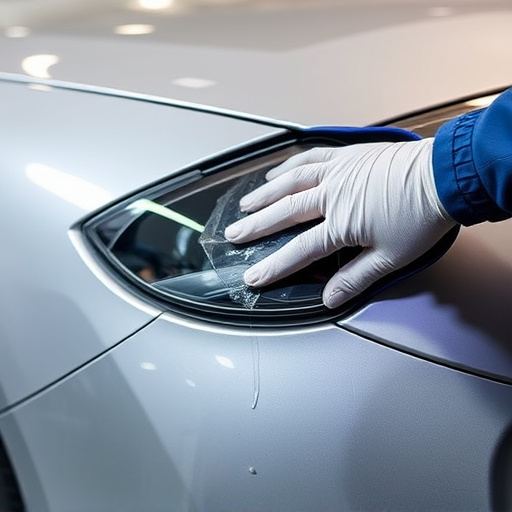
When it comes to Mercedes windshield replacement, understanding the process is key to recognizing its impact on the vehicle’s wiper system. The first step in this procedure involves meticulous preparation and safety precautions. The damaged windshield is carefully removed, ensuring no debris or fragments remain. This critical stage sets the foundation for a precise installation of the new windshield.
Subsequently, frame straightening may be required to ensure the car’s structural integrity and alignment. Once the frame is corrected, the replacement windshield is fitted, aligning it perfectly with the vehicle’s contour. Car repair services specializing in Mercedes models employ advanced techniques to guarantee not just a clear view but also optimal wiper functionality. This involves careful calibration of the wiper system to ensure it operates seamlessly with the new windshield, enhancing safety and driving comfort during all weather conditions.
Key Components of Modern Wiper Systems Explained
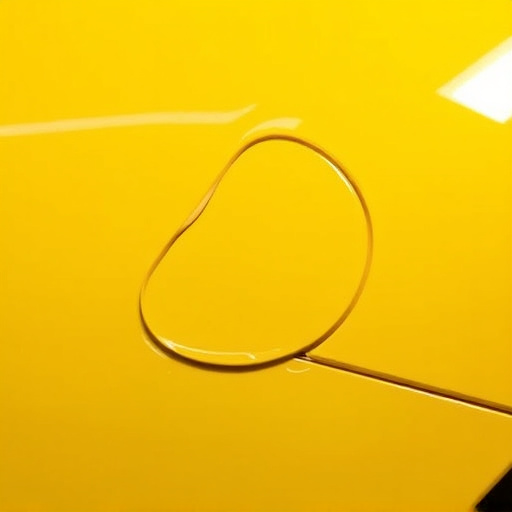
Modern wiper systems are a far cry from their rudimentary ancestors. At the heart of these advanced mechanisms lies a complex interplay of key components, all working in harmony to ensure optimal visibility and safety during adverse weather conditions. Central to this system is the wiper blade itself, meticulously designed to conform to various vehicle contours and glass surfaces. These blades are typically made from durable materials like rubber or silicone, ensuring they can withstand frequent use while maintaining their shape and performance over time.
The wiper motor, another critical component, powers these blades, providing the necessary force for efficient clearing of water, snow, and debris. Advanced auto repair shops often employ electric motors that are specifically tailored to Mercedes windshield replacement requirements, guaranteeing precise control and minimal noise levels. The addition of features like intermittent wiper settings further enhances performance, allowing drivers to adjust their wiper speed according to weather conditions without compromising visibility. This seamless integration of technology into what was once a simple accessory underscores the relentless pursuit for safer, more efficient driving experiences in today’s automotive landscape.
Optimizing Wiper Performance After Replacement
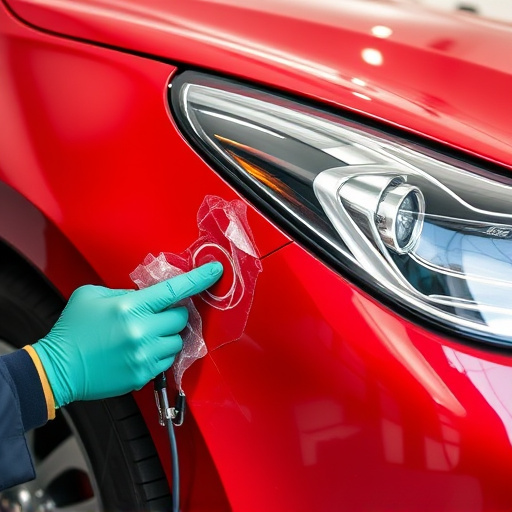
After a Mercedes windshield replacement, optimizing the wiper system’s performance is crucial for safe and effective driving conditions. The first step in this process involves assessing the new windshield’s contour and size, as they directly impact wiper blade alignment and coverage. Any adjustments to these components should be precise, ensuring the wipers clear the glass without leaving streaks or missing spots.
Additionally, checking the wiper motor and arm for any signs of wear or damage is essential. During the Mercedes windshield replacement process, it’s an ideal opportunity to upgrade to more advanced wiper systems if needed. This could include quieter, more efficient wiper motors and blades that adapt to varying weather conditions, enhancing overall driving experience and safety, especially in regions with frequent inclement weather.
Mercedes windshield replacement isn’t just about swapping out a damaged glass panel; it significantly influences the performance of the vehicle’s wiper system. By understanding the intricate process, key components, and optimization techniques discussed in this article, car owners can ensure their Mercedes’ wipers function optimally after the replacement, enhancing safety and driving experience.
